Opistophthalmus karrooensis (Purcell, 1898)
Opistophthalmus karrooensis (Purcell, 1898)
Opistophthalmus karrooensis (Karoo Burrowing Scorpion) from Touwsberg Nature Reserve.
A species that is extremely common in the Klein Karoo and surrounding Groot Karoo as well.
They can become quite large, easily reaching the 10cm mark as adults but are completely harmless to humans.
Opistophthalmus karrooensis (Karoo Burrowing Scorpion) from Fraserburg
A species that is extremely common in the Klein Karoo and surrounding Groot Karoo as well. They can become quite large, easily reaching the 10cm mark as adults but they are completely harmless to humans.
Opistophthalmus karrooensis (Karoo Burrowing Scorpion) from Plathuis
An impressive species that's incredibly abundant in the Klein Karoo.
Female Opistophthalmus karrooensis (Karoo Burrowing Scorpion) from Simonskloof
Male Opistophthalmus karrooensis (Karoo Burrowing Scorpion) from De Rust
The males of this species have extremely elongated chelae which has been theorised to function for either one or both of the following situations:
By natural selection for prey capture as males are much more mobile than the sedentary females and can actively hunt for prey; thus the chela fingers have a wider gap and faster closing speed than the bulky chelae on females meaning they can subdue smaller prey more easily and faster.
By sexual selection; because of the same features as mentioned above, it would help in controlling the slower and heavier chelae of the females during the mating process and being able to keep the female at a larger distance so as not to be overpowered and killed.
Male Opistophthalmus karrooensis (Karoo Burrowing Scorpion) from De Rust
Female Opistophthalmus karrooensis (Karoo Burrowing Scorpion) from De Rust
Opistophthalmus karrooensis (Karoo Burrowing Scorpion) from near Laingsburg.
Opistophthalmus karrooensis (Karoo Burrowing Scorpion) from Touwsberg Nature Reserve

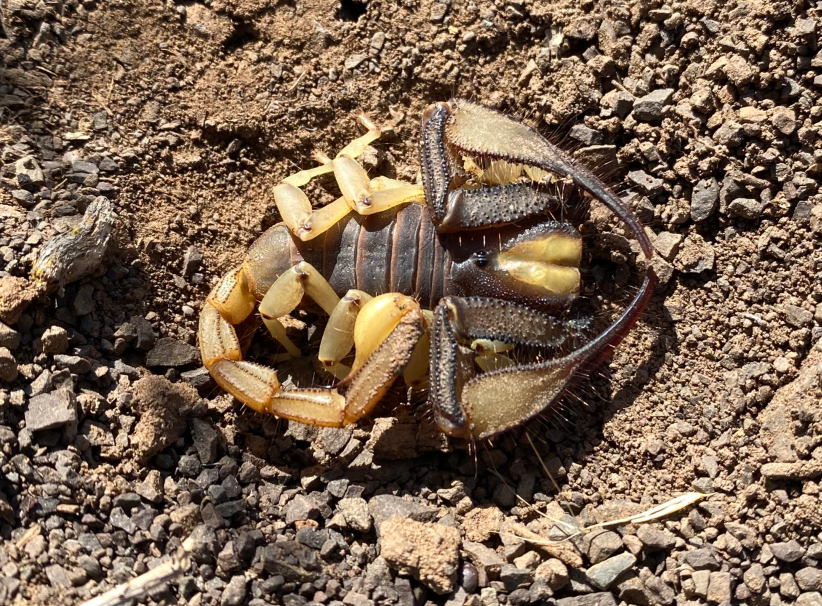
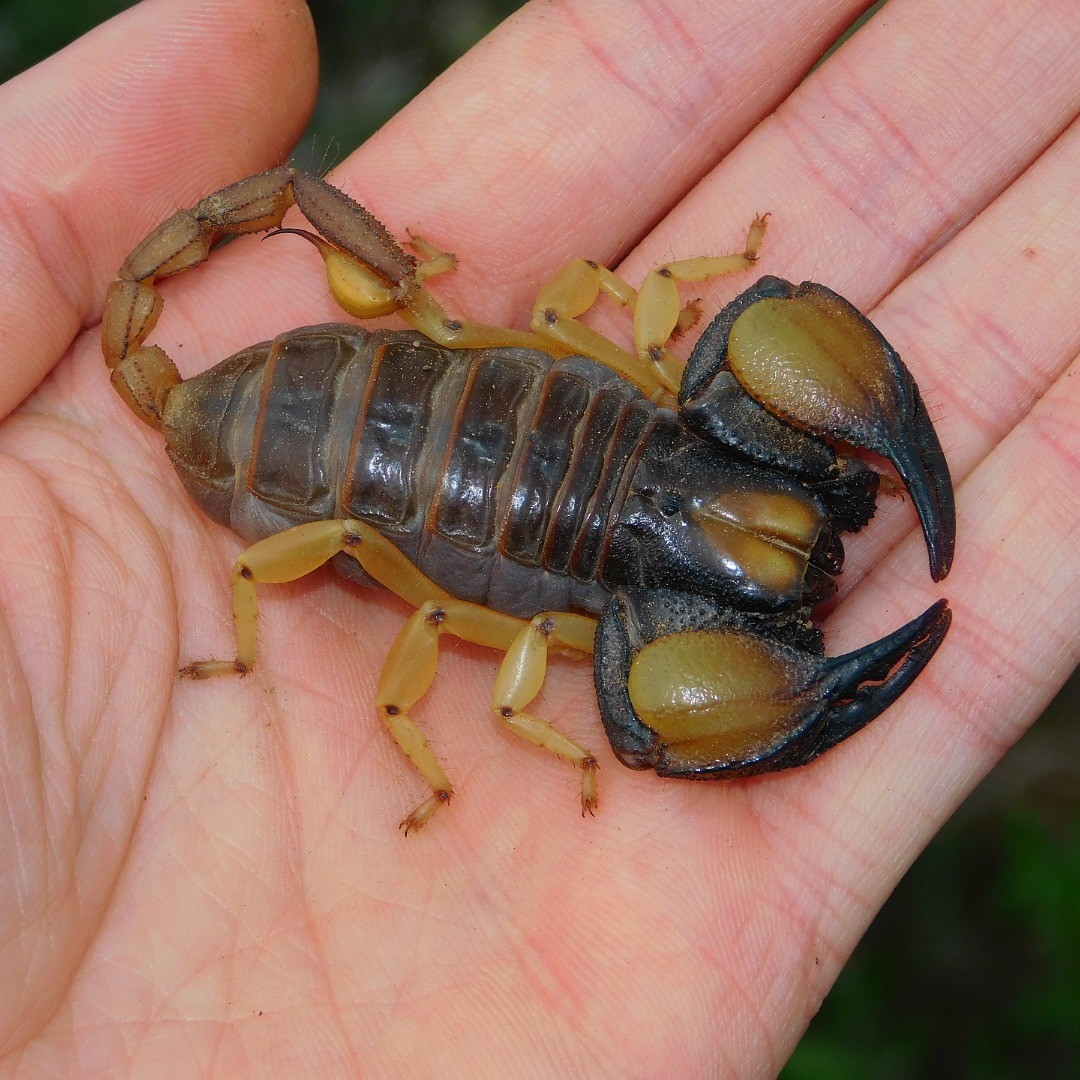 Picture by paul
Picture by paul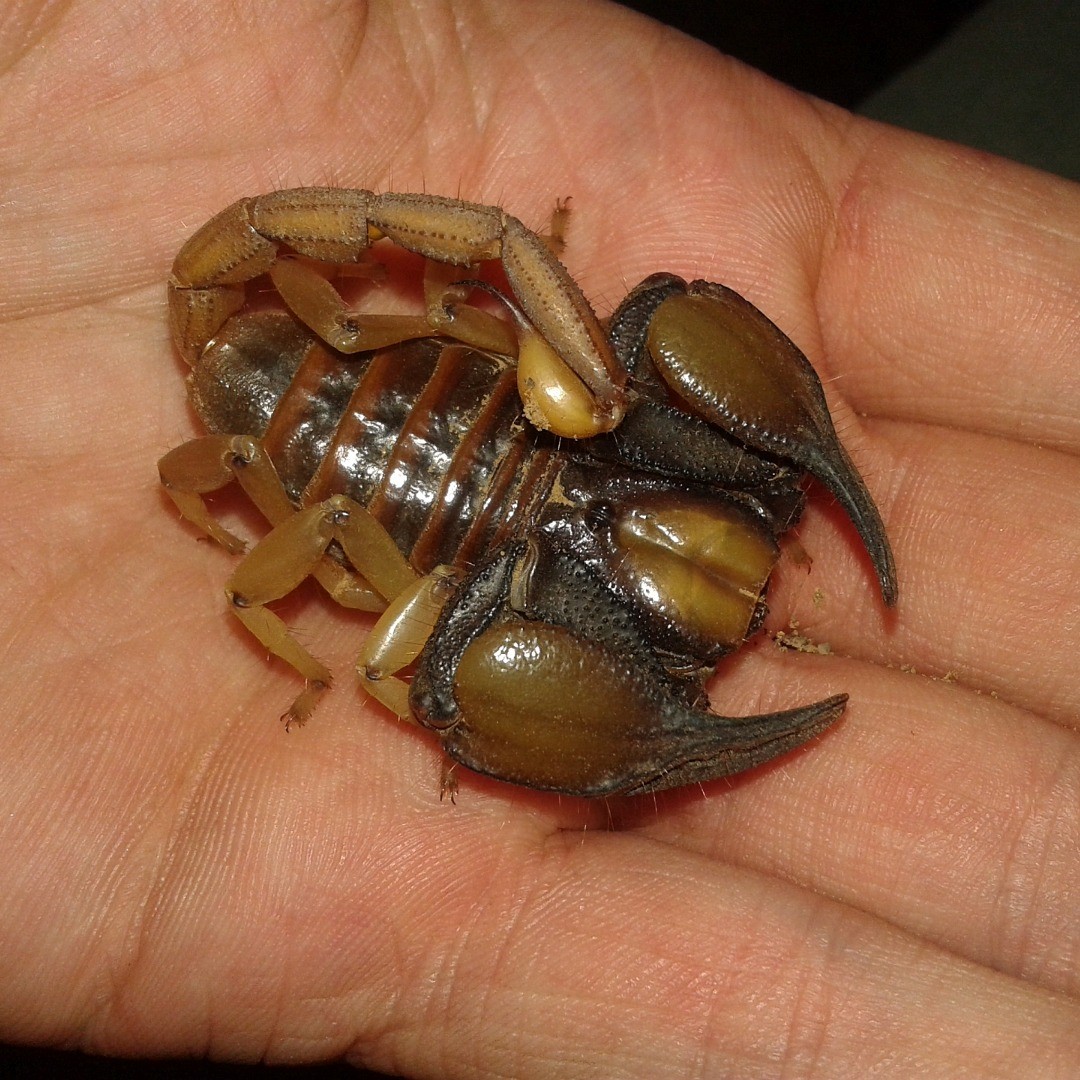
 Picture by paul
Picture by paul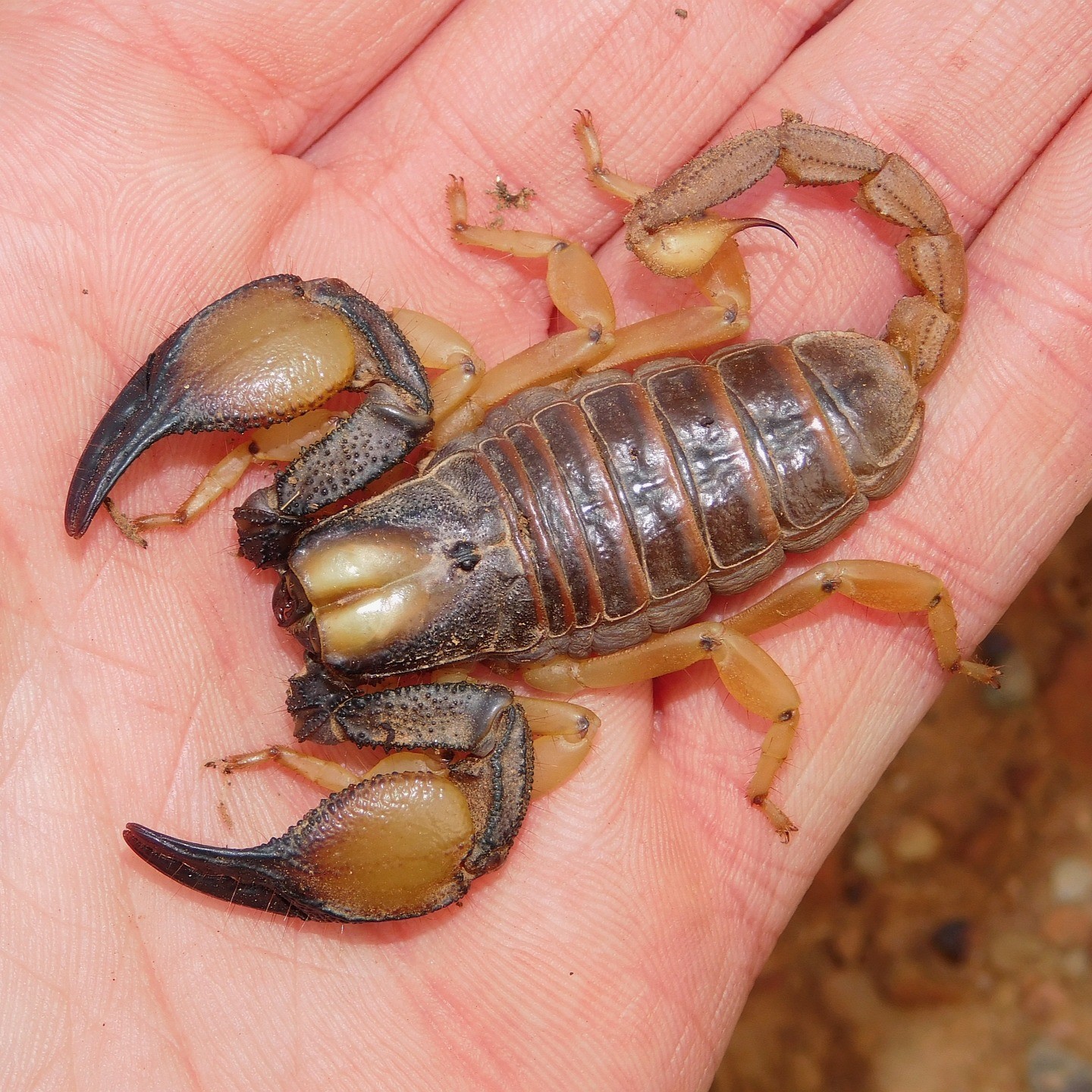 Picture by paulbester
Picture by paulbester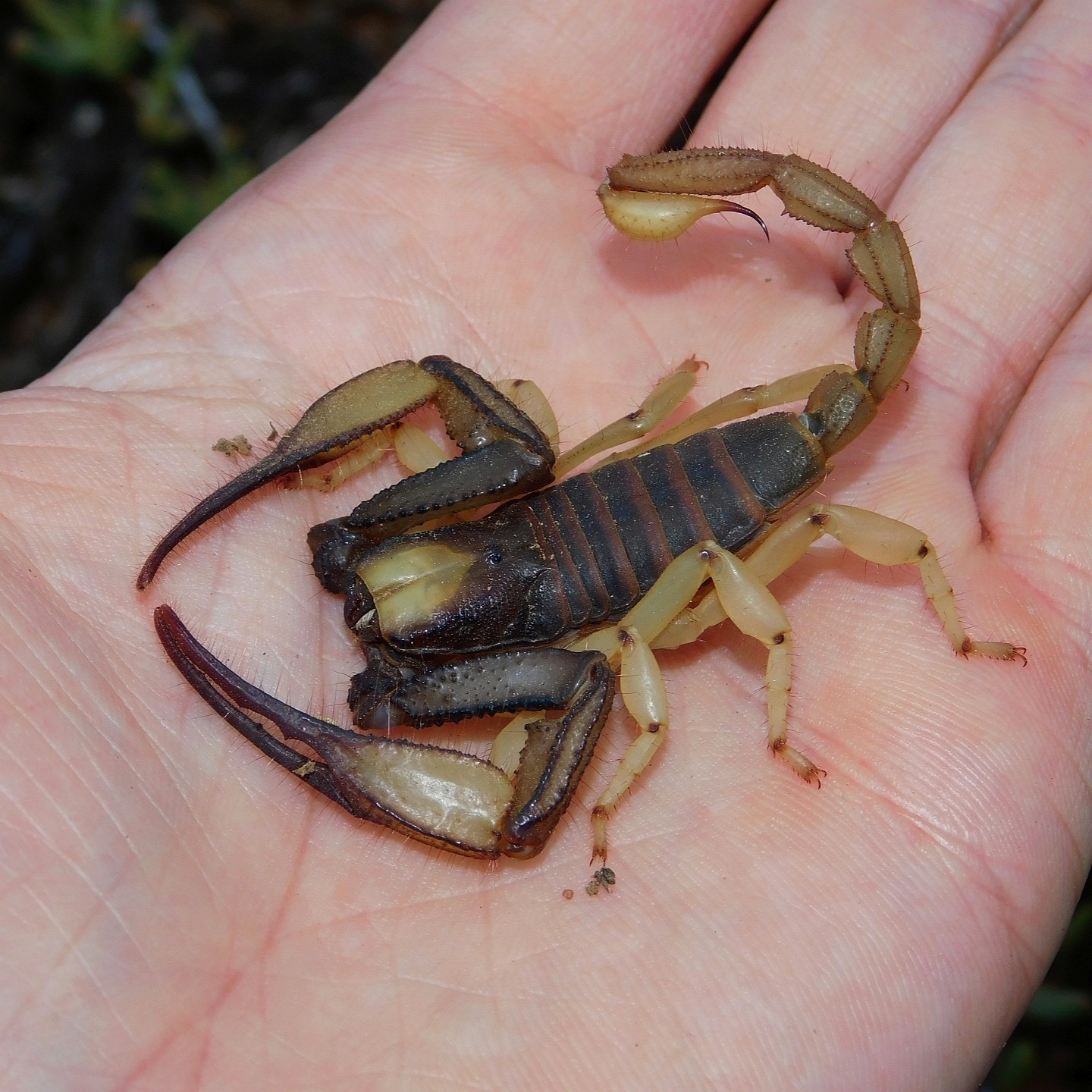 Picture by paulbester
Picture by paulbester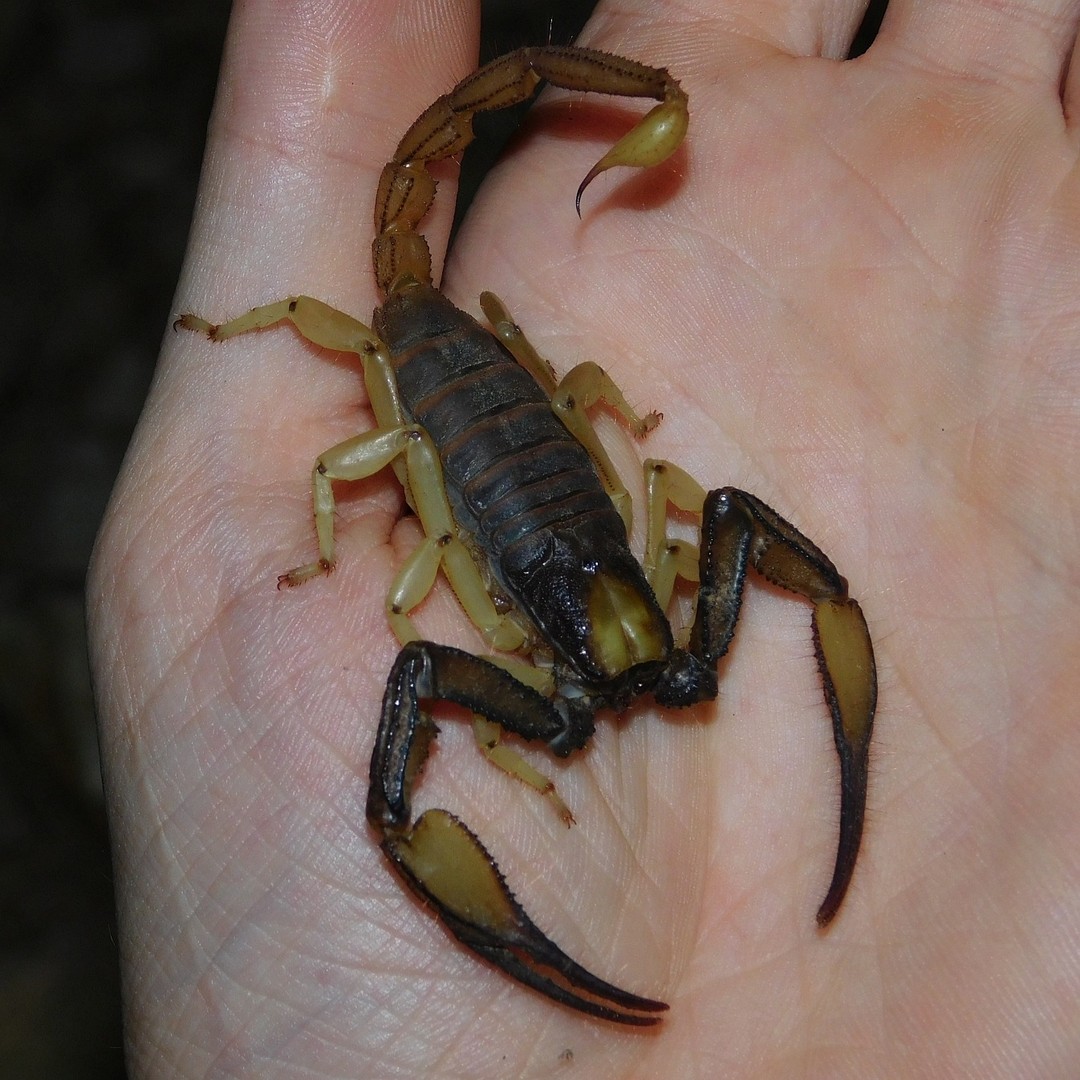
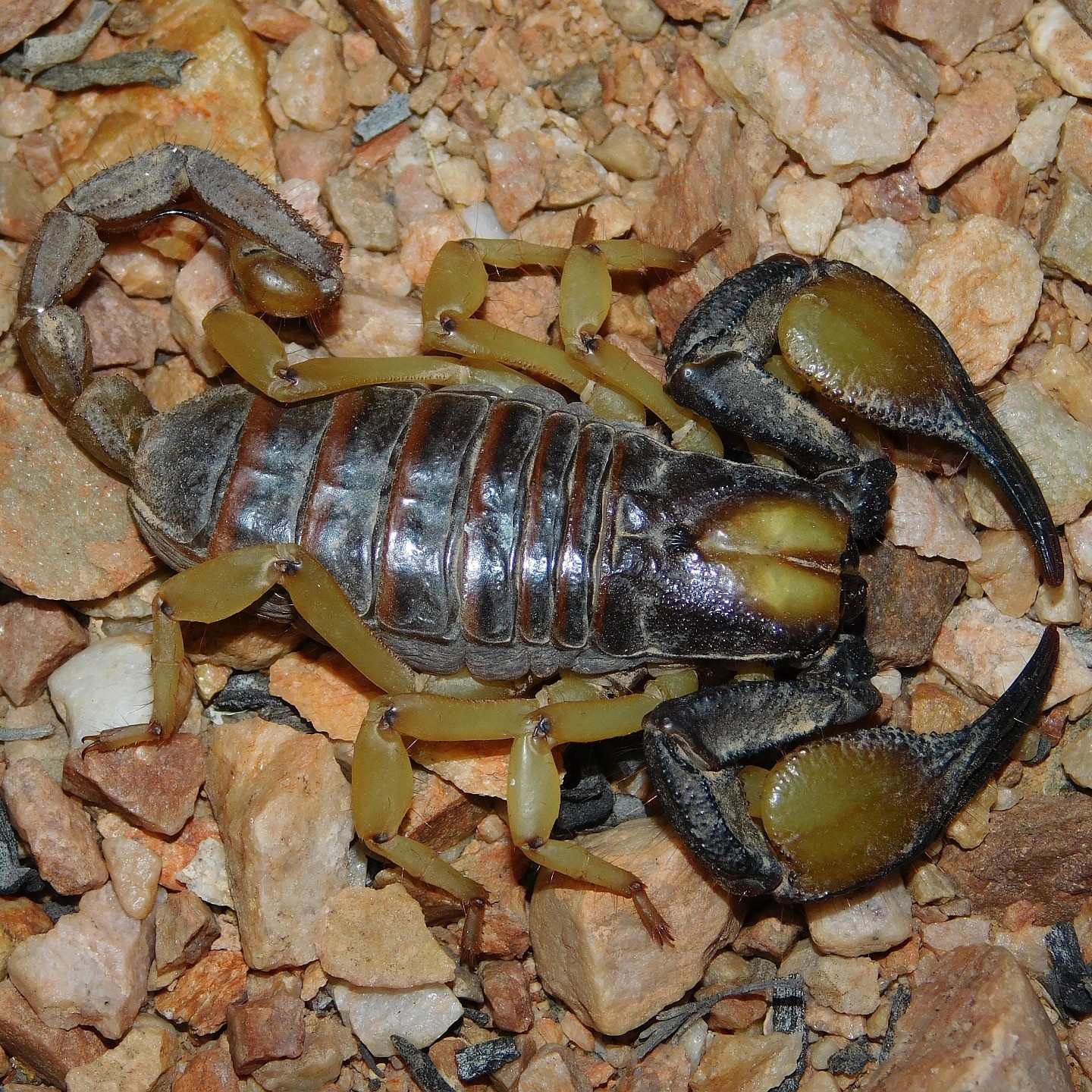
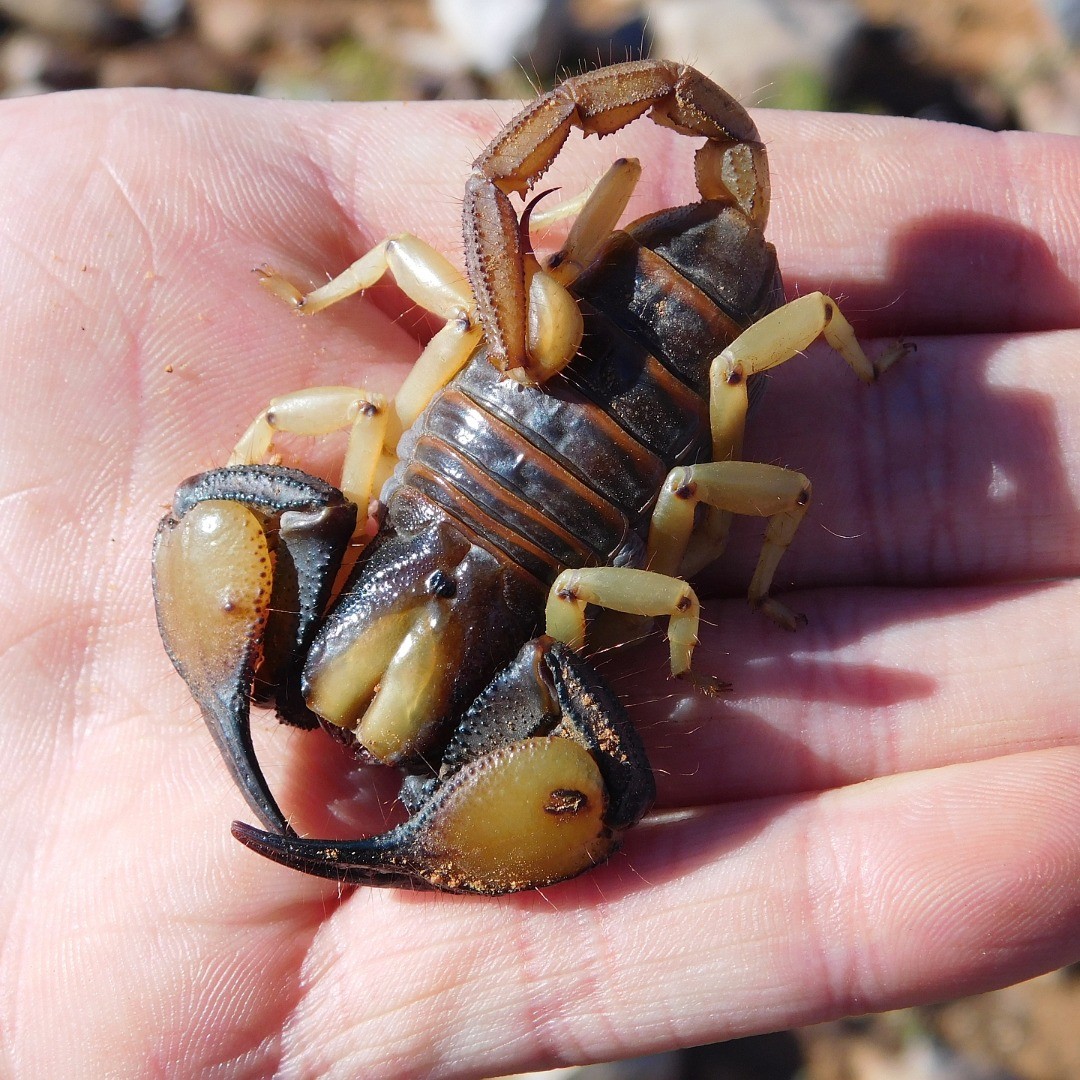 Picture by paul
Picture by paul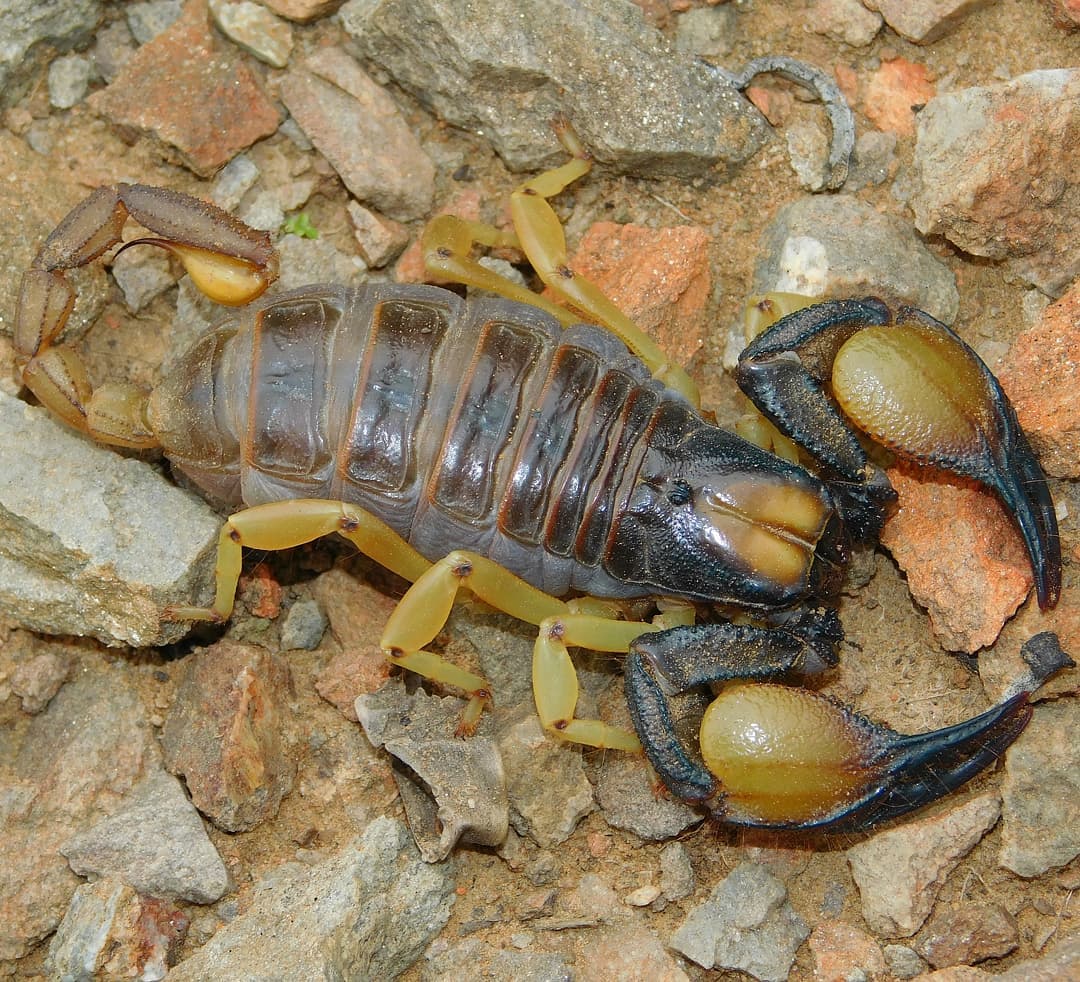 Picture by paul
Picture by paul
No Comments